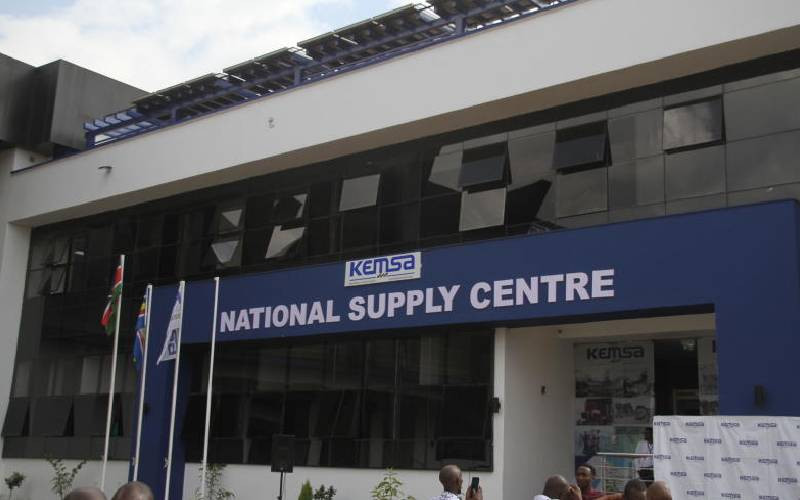The Kenya Medical Supplies Authority (Kemsa) is facing a mounting crisis as more county governments abandon it due to persistent drug shortages and poor delivery rates. Despite its strategic role in Kenya’s public healthcare system, Kemsa is now grappling with critical stock-outs and an alarmingly low order fill rate, delivering only about 40 per cent of drugs requested by counties.
This inefficiency has left a massive gap in medical supplies, forcing counties to turn to alternative sources. Mission for Essential Drugs and Supplies (Meds), a faith-based, non-profit supplier, has emerged as the preferred option. Counties are praising Meds for its consistent reliability, faster delivery times, and lower costs. With a fill rate of up to 90 per cent, it far outperforms Kemsa, which some governors claim supplies as little as 35 per cent of requested items.
The situation has hit county hospitals hard, especially Level 2 and 3 facilities, which are often left without any essential drugs. As a result, some counties now source more than half of their drug supplies from Meds. This shift reflects the growing lack of confidence in Kemsa’s ability to support the country’s public health system.
At the heart of Kemsa’s underperformance is a mix of chronic underfunding and mounting unpaid bills from counties, estimated to be around Sh5 billion. These financial constraints limit the agency’s capacity to procure and deliver medicines efficiently. Moreover, the agency’s commitment to improve its order fill rate to 70 per cent and reduce the cost of medical supplies remains unmet.
The consequences of Kemsa’s inefficiencies are far-reaching. Hospitals lacking essential medications often resort to sourcing drugs locally, where quality is not always guaranteed and prices can be unreasonably high. This situation not only puts patients at risk but also undermines efforts to reduce healthcare costs and improve service delivery.
As counties continue to lose faith in the agency, Kemsa’s future hangs in the balance. Unless bold and urgent reforms are undertaken to improve its operations, financing, and accountability, its relevance in Kenya’s health sector could rapidly diminish. The exodus of counties in favour of private suppliers signals a critical juncture that calls for decisive action to restore confidence and ensure sustainable public healthcare delivery.

